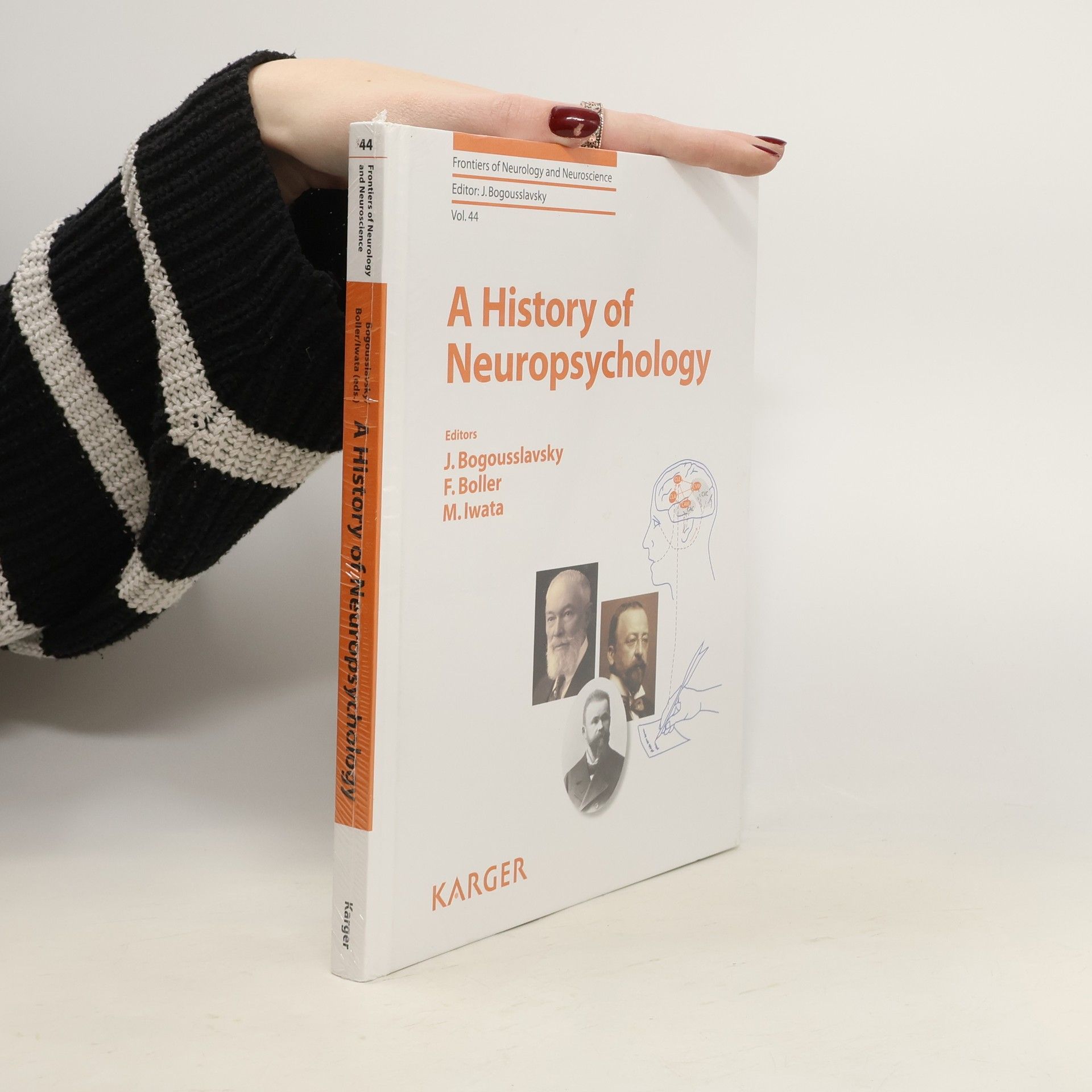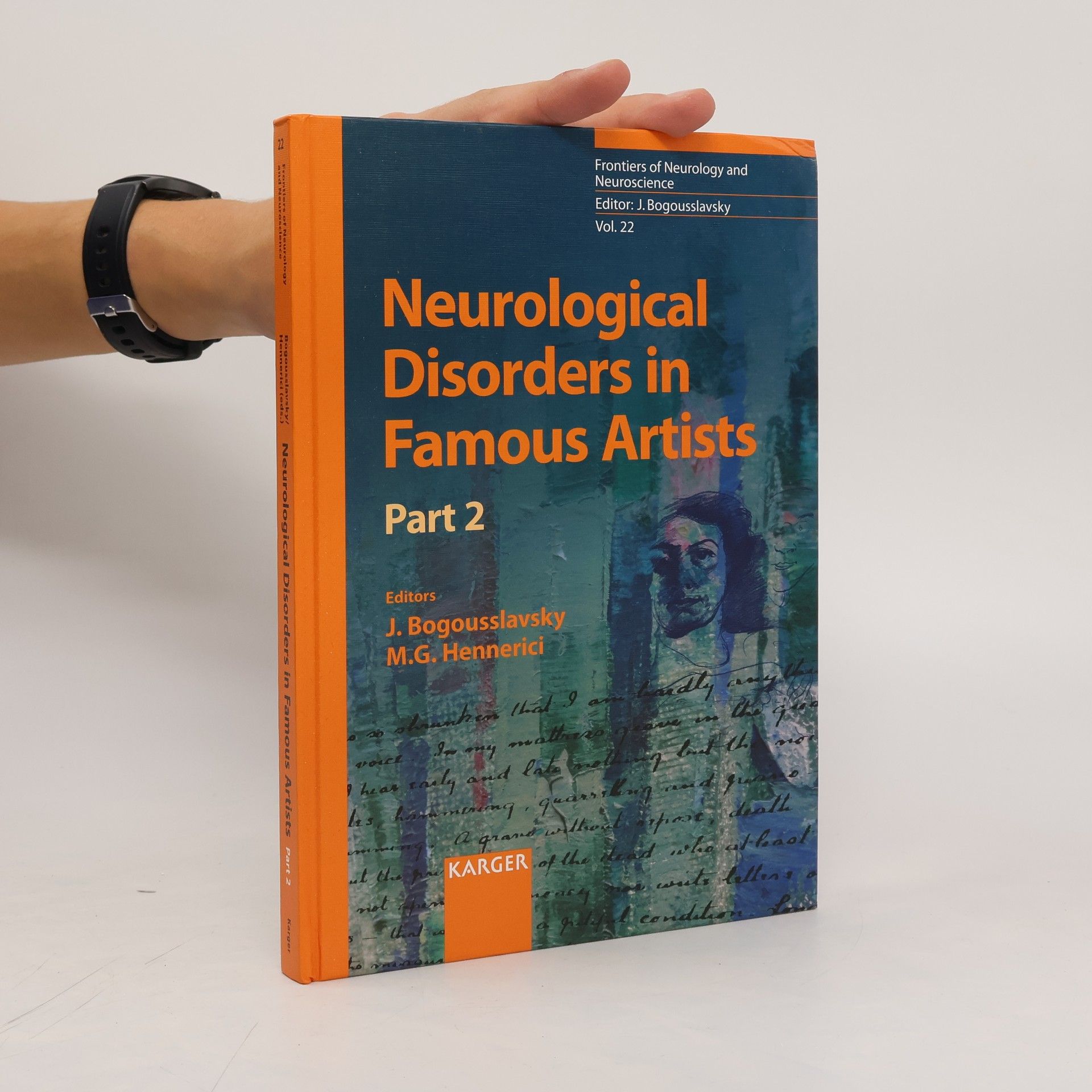Neurological disorders in famous artists
- 240 Seiten
- 9 Lesestunden


Neuropsychology has become a very important aspect for neurologists in clinical practice as well as in research. Being a specialized field in psychology, its long history is based on different historical developments in brain science and clinical neurology. In this volume, we want to show how present concepts of neuropsychology originated and were established by outlining the most important developments since the end of the 19th century. The articles of this book that cover topics such as aphasia, amnesia and dementia show a great multicultural influence due to an editorship and authorship that spans all developmental initiatives in Europe, Asia, and America. This book gives a better understanding of the development of higher brain function studies and is an interesting read for neurologists, psychiatrists, psychologists, neurosurgeons, historians, and anyone else interested in the history of neuropsychology.